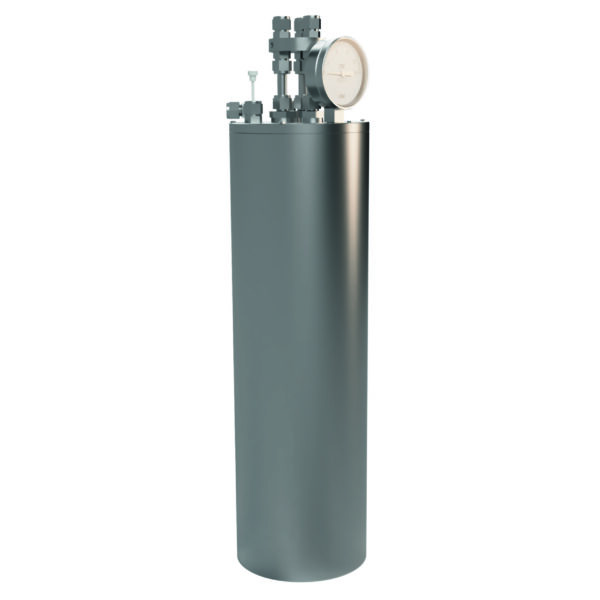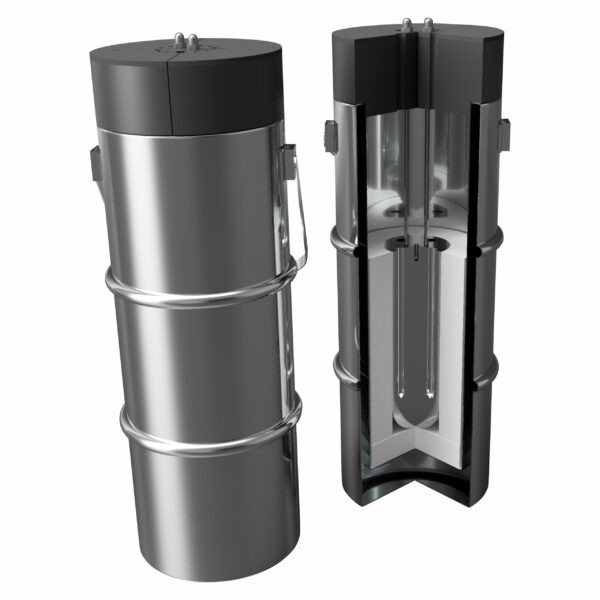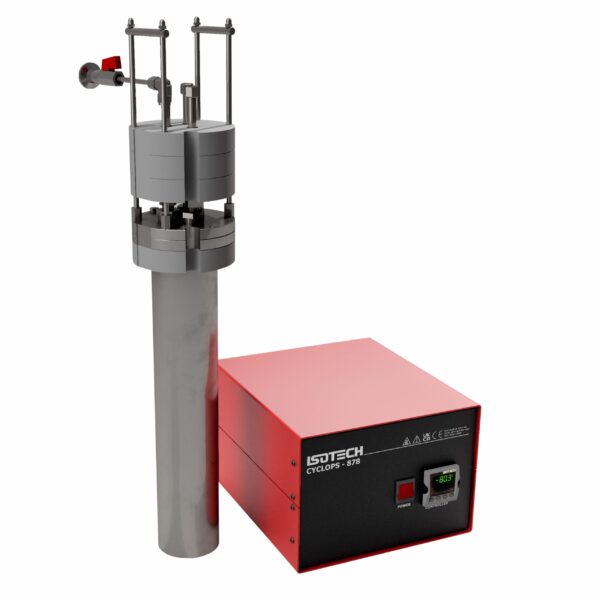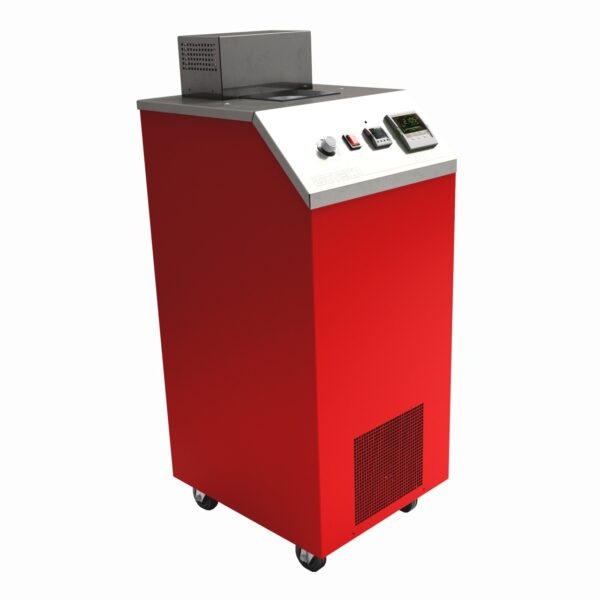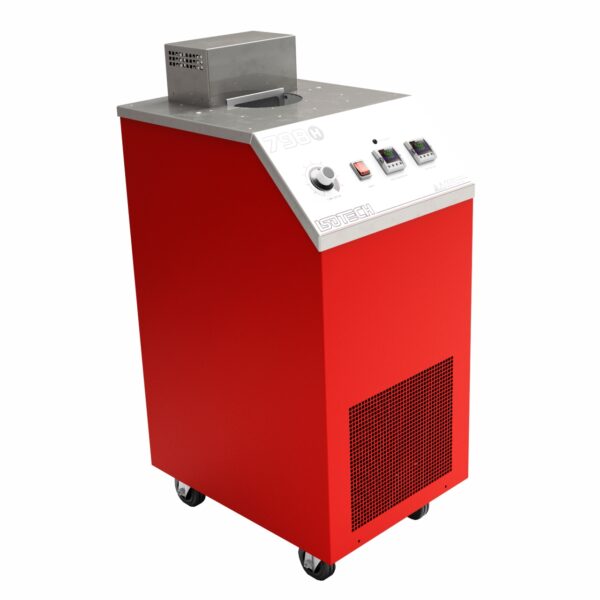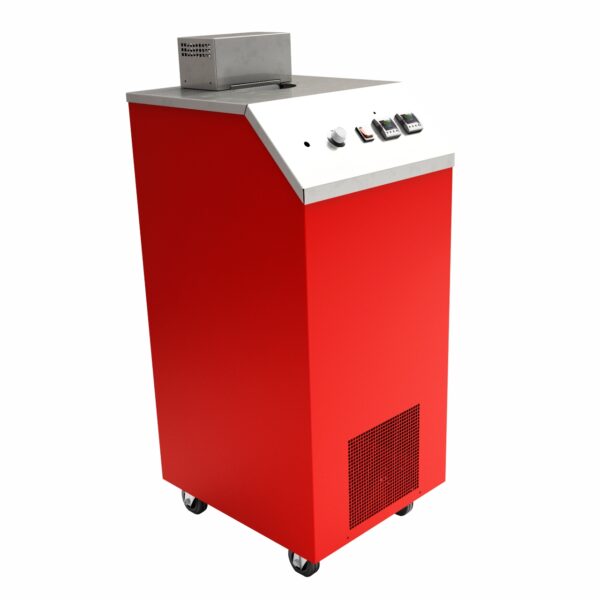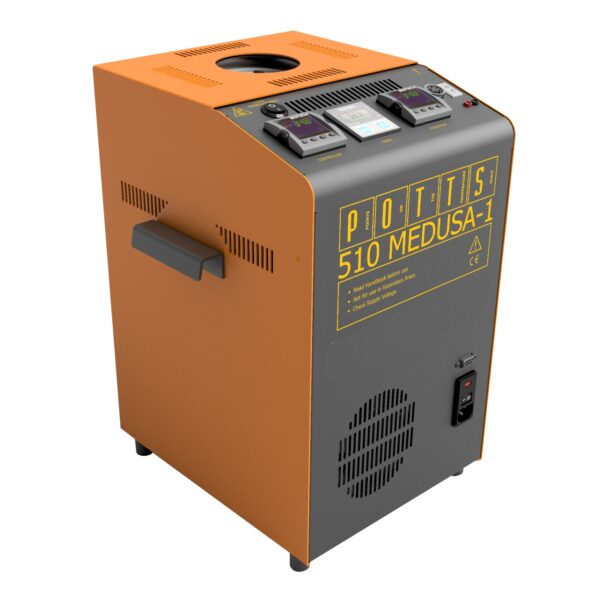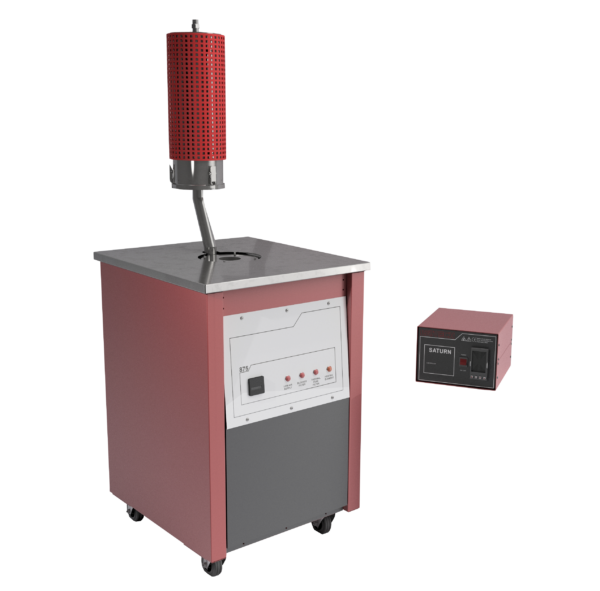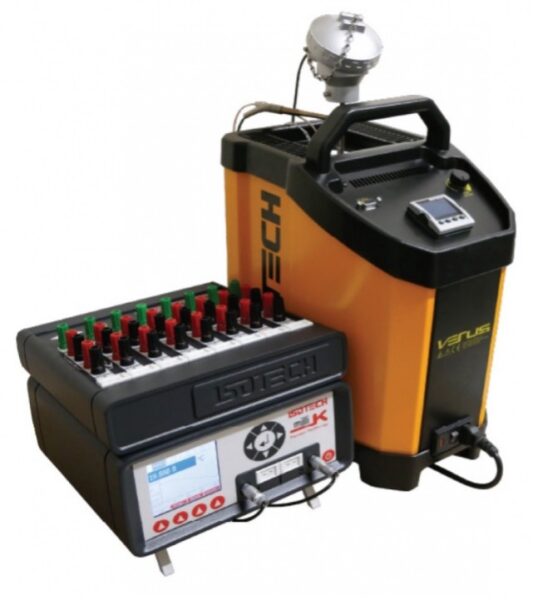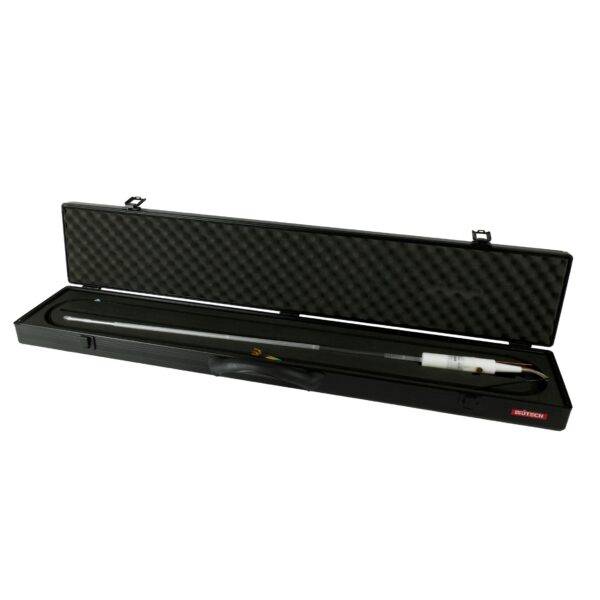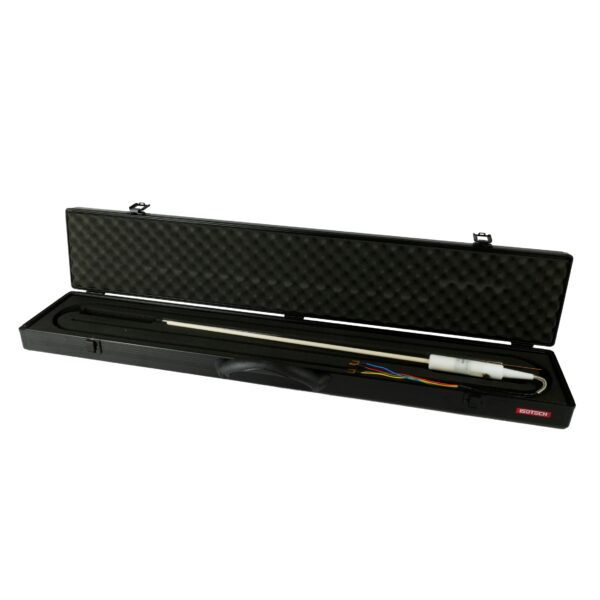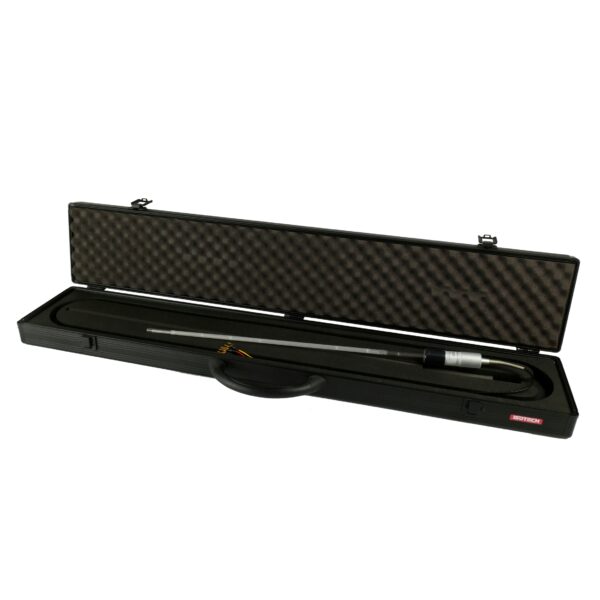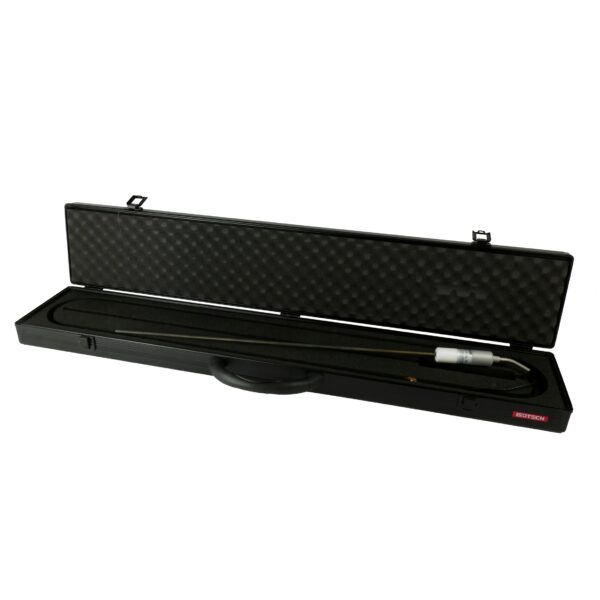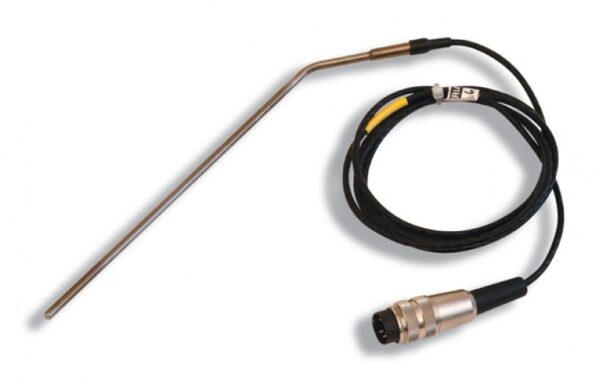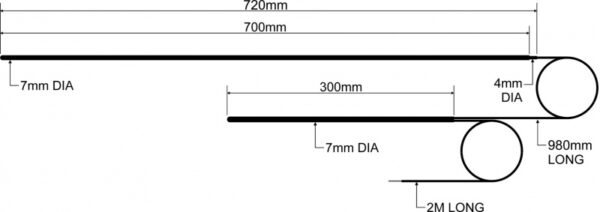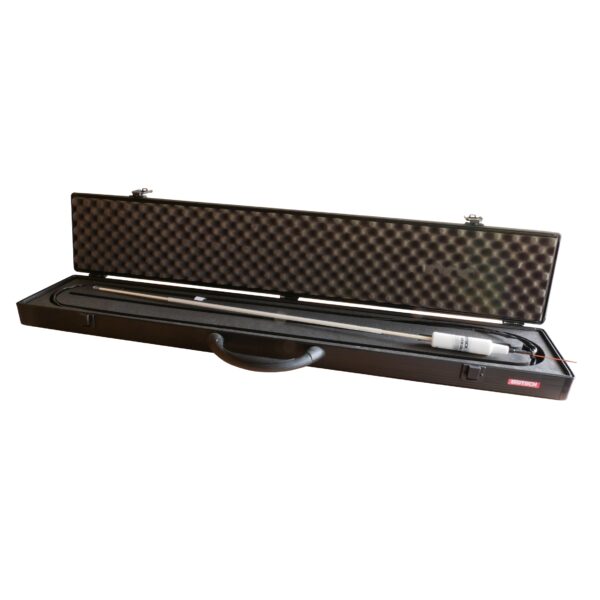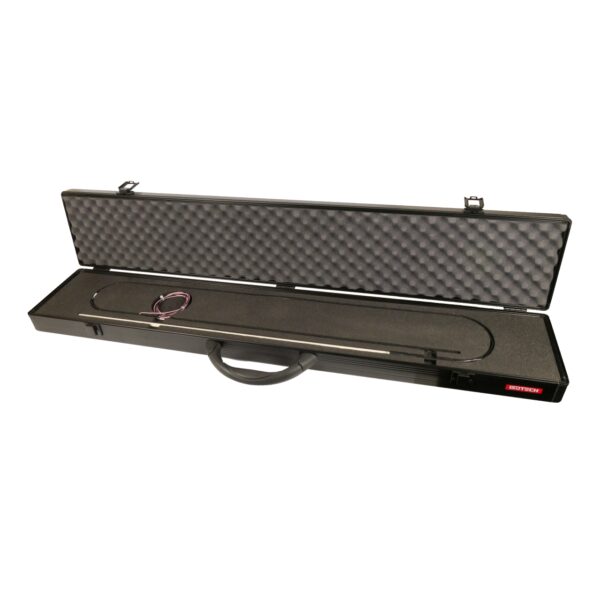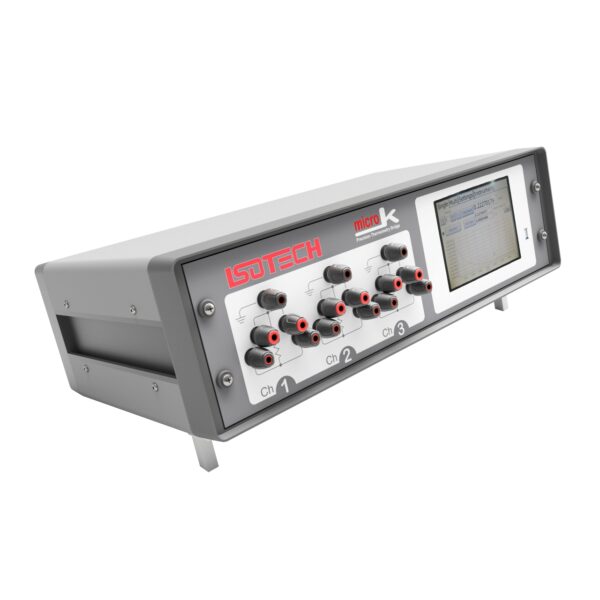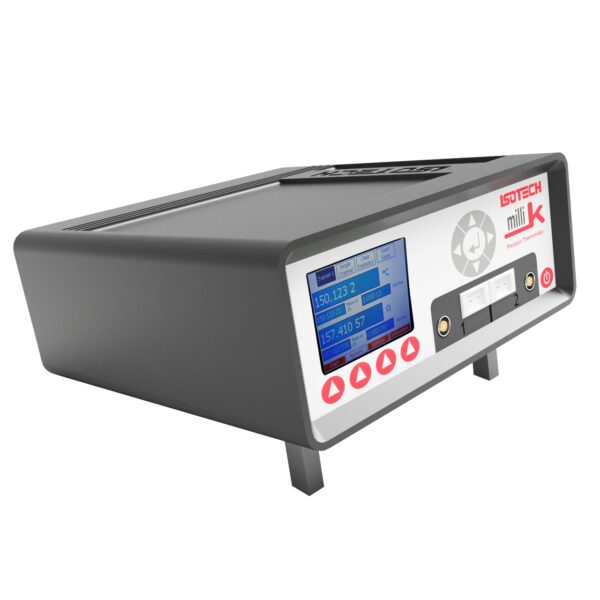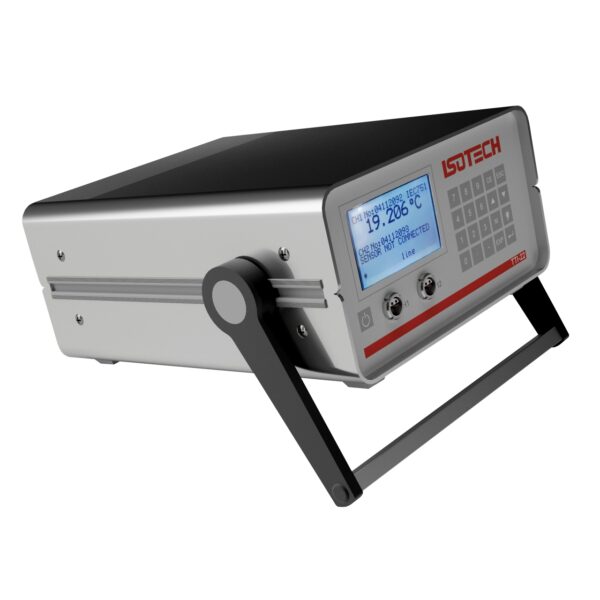A temperature calibration laboratory needs apparatus such as stirred liquid baths and comparison furnaces, measuring equipment and accessories and ideally, one or more ITS-90 fixed points, most importantly a Water Triple Point Cell.
This equipment can divide into different temperature ranges and categories.
Click the links to move to the relevant area of your interest:
Isotech have a range of professionally engineered comparison calibration equipment covering the temperature range -200°C to 1300°C. Isotech also have equipment to match the requirements of National Metrology Institutes, Accredited Calibration Laboratories and in house calibration laboratories.
Isotech heat sources are designed to be deep enough, to be stable enough and to have sufficient uniformity to enable calibration to the smallest of uncertainties for sensors for industrial use through to the most accurate standards.
What is Comparison Calibration?
With comparison calibration, a thermometer with known characteristics is compared to the thermometer we want to calibrate, relying on the “Zeroth Law of Thermodynamics”.
There are four “Laws of Thermodynamics”, the Zeroth Law was only formulated in 1931 by Fowler – it is more fundamental than the other three existing laws so it became known, not as the fourth law, but the “Zeroth” law.
The law states that if two systems are in thermal equilibrium, each having the same temperature as a third system, the two systems have the same temperature as each other.
This can be rephrased to explain comparison calibration: “If a calibrated thermometer is at the same temperature as a calibration bath, and a thermometer under test is at the same temperature as that calibration bath, then the calibrated thermometer and the thermometer under test are at the same temperature”.
Isotech equipment consistently provides the accurate measurements we rely on. Especially now, as our need to batch-test and certify our wire grows, Isotech has been instrumental in meeting this demand. We’ve partnered with Isotech for over 30 years, appreciating not just their high-accuracy products but also their exceptional customer service, insightful advice, and genuine feedback.
Medium Temperature Calibration: 50°C to 700°C
For calibration temperatures to 700°C, we have the large volume Medusa Dry Block, having a calibration volume of 45mm diameter x 285mm deep. It is not feasible to use oil baths above around 300°C, due to the volatile nature of the fluids and the associated safety issues. Above 300°C salt baths can be used for deeper immersion and higher accuracy temperature calibration, although at Isotech we use a safer alternative, a fluidized furnace with up to 475mm immersion depth and without the need to use hazardous salts. For shorter industrial temperature sensors requiring less immersion there is a wide range of smaller dry blocks.
Isotech has a wide range of Dry Blocks to suit probes requiring deeper immersion. This dry block temperature calibrator features large and deep calibration volumes. As such, it is less portable than earlier Dry Blocks, but has a higher capacity and retains outstanding temperature uniformity.
The Isotech fluidised calibration bath out performs dangerous salt baths in all respects: wider temperature range, less hazardous and better uncertainties.
For shorter industrial temperature sensors requiring less immersion there is a wide range of smaller dry blocks.
Resistance Thermometers
Isotech offer the 670 family of Standard Platinum Resistance Thermometers, recommended for Primary Applications and the 909 family for Secondary Laboratories. These two families have temperature ranges that span from -200°C to 670°C, whilst for higher temperatures, up to 961.78°C the freezing point of Silver, Isotech offer the model 96178 HTSPRT or even the model 108642 Copper Point SPRT.
In practice SPRTs, are constructed to cover sub ranges of the ITS-90 temperature scale and are available in different construction types. These thermometers can have accuracies of just a few thousandths of a degree over wide ranges.
For less demanding applications we have our Semi Standards PRTs, the accuracies are hundredths of a degree, they are much more robust than SPRTs and available at a much lower cost.
We can provide reference thermometers for all accuracies and applications.
Semi Standard PRTS
We now have 90 degree angled probes to a maximum temperature of 660°C.
What is a Platinum Resistance Thermometer?
The most accurate resistance thermometer is the Standard Platinum Resistance Thermometer or SPRT. They are specified in the ITS-90 and can have uncertainties less than 0.001°C, they need careful handling and are suited for laboratory use.
Industrial PRTs are more affordable and less fragile and, whilst not as accurate as SPRTs, are still very useful as temperature standards and are rugged enough for use outside of the laboratory.
What is a Standard Thermocouple?
Thermocouples are the most commonly used temperature sensors, they range from simple low cost low accuracy devices to devices used as laboratory standards. Laboratory Standard Thermocouples are constructed with noble metals, most commonly platinum / platinum rhodium but there are other types too. Whilst not specified by the ITS-90 many laboratories use thermocouple standards to high temperatures, they can be used to higher temperatures than resistance thermometers.
Isotech Model 1600 Platinum / Platinum Rhodium
Available as Type R or Type S, these thermocouples are housed in a 99.7% re-crystallized alumina sheath, 300mm or 600mm long and can be used up to 1600°C.
Isotech Gold / Platinum Thermocouple
This model offers smaller uncertainties than Type R or S using only pure metals in the construction and can be considered as an alternative to HTSPRTs.
NPL Platinum / Palladium Thermocouple
This model, manufactured by the National Physical Laboratory (NPL), was developed to operate reliably and accurately to 1500°C and offers superior stability when compared with conventional platinum / platinum rhodium thermocouples.
They now can be purchased direct from Isotech, with NPL calibration (UKAS) with an uncertainty of ±0.2°C from 0°C to 1100°C rising linearly to ±0.55°C at 1330°C or ±0.7°C at 1500°C
Standard Thermocouple Model 1600
The type R and S standards will cover the range from 0°C to 1600°C.
What is a Thermometry Bridge?
A thermometry bridge is the most accurate way to measure a Standard Platinum Resistance Thermometer. Bridges use a ratio measuring technique to give better accuracy than precision temperature indicators.
We have the world leading microK Thermometry Bridge which can be used with Standard Platinum Resistance Thermometers (SPRTs) or with Industrial Platinum Resistance Thermometers (IPRTs), thermistors and thermocouples, supporting all the different thermometer types that are commonly used in primary and secondary temperature calibration laboratories.
Using a thermometry or ‘ratio bridge’ has many advantages, and accuracies can be less than 20 ppb, equivalent in temperature to 20µK, 20 millionths of a degree! At this level , temperature controlled Standard Resistors are used and we have appropriate resistors and maintenance baths available from the Isotech range.
For many laboratories, this level of accuracy is not necessary and accurate thermometers such as the millIK and TTI-22 can be used instead. The best models can have performance to perhaps 0.001°C to 0.003°C, 1 to 3mK.
Automation and Multiplexing
Our bridges and thermometers are easily expanded for multi-channel temperature calibration. Our microK Bridges and milliK thermometers have a built in data logging facility.
In addition, we have a software solution for automatic temperature calibration. As well as changing the calibration baths and temperature sources through the calibration temperatures, the software can calculate Callendar Van Dusen (CVD) coefficients for IPRTs to EN60751 and also ITS-90 coefficients. For thermocouple calibration, correction tables can also be created.
Thermocouple Referencing in the Temperature Laboratory
When calibrating thermocouples, care needs to be taken with the cold junction, our white paper, Cold Junction Thermocouple Probes discusses the use of cold junction probes and thermocouple refencing units. We have a range of equipment including the Model 938 TRU and the 880 Double Junctions laboratory probes.
What is a Fixed-Point Calibration?
Rather than to compare a thermometer under test to another calibrated thermometer (comparison calibration) with fixed point calibration the test thermometer is calibrated directly to an intrinsic standard or fixed-point cell.
Fixed Point Cells are used to calibrate thermometers to the highest accuracy, cells rely on the phase change of a pure substance. At higher temperatures pure metal ingots are encased in an assembly into which a thermometer can be placed. As the metal ingot melts or freezes the temperature remain constant. These fixed points are specified in the ITS-90.
Fixed point cells are not just for the Primary Laboratory, ITS-90 fixed points bring real benefit to all temperature laboratories.
Water Triple Point Cell
Water triple point cells can be used to both calibrate thermometers and check standards in-between calibrations. They are great value, easily used and with uncertainties to less than a thousandth of a degree. Water triple point cells can be used with dedicated apparatus, dry blocks, liquid baths or even simple ice flasks. We would recommend that all laboratories using resistance thermometers have a water triple point cell available to check standards in between calibrations.
The Gallium Fixed Point
Gallium has a melting point of 29.7646°C, cells are easy to use and provide a precise reference. For SPRT users the Gallium cell is very useful. By measuring the resistance of an SPRT at both the water triple point and the melting point of gallium, the ratio of the two resistances is easily calculated, WGA. that provides confirmation of the probe performance
This value, WGA.. reflects the purity of the platinum wire, it should remain constant and coupled with the RTPW value, we can learn a lot about an SPRT (link to article).
Mercury to Copper ITS-90 Fixed Points
The large optimal ITS-90 Fixed Point cells used in NMIs and Primary Laboratories to disseminate the ITS-90 are generally not suited for commercial calibration in secondary laboratories. We have a range of smaller cells that are more robust and easier to operate, ideal for secondary laboratories.
When calibrating high quality industrial platinum resistance thermometers, it is common to calibrate at fixed points over the various ITS-90 sub ranges. A liquid bath can be used to generate say -38.8°C, 156°C, 232°C and higher temperature equipment for 420°C and 660°C. It takes time to temperature cycle the equipment. Using a range of fixed points has benefit in saving time, and money, and with fixed points the calibration uncertainty is lower.
| ITS-90 Fixed Point | Temperature |
| Argon Triple Point | −189.3442 °C |
| Mercury Triple Point | −38.8344 °C |
| Water Triple Point | 0.01 °C |
| Gallium Melting Point | 29.7646 °C |
| Indium Freezing Point | 156.5985 °C |
| Tin Freezing Point | 231.928 °C |
| Zinc Freezing Point | 419.527 °C |
| Aluminium Freezing Point | 660.323 °C |
| Silver Freezing Point | 961.78 °C |
Calibration Choices
Comparison equipment, such as stirred liquid baths, do not need a calibration certificate as they are providing a stable and uniform environment. It is the standard or reference thermometers that need to be calibrated, along with their associated measuring instruments.
Isotech’s ISO 17025 UKAS accredited temperature calibration laboratory was first established in 1980 and has grown to be a full-scale laboratory providing calibration to the smallest of uncertainties.
Isotech was the first UKAS temperature calibration laboratory to be accredited to calibrate ITS-90 Fixed Point Cells. Our accredited uncertainties are now smaller than most National Measurement Institutes and we can calibrate your standards to the lowest of uncertainties. The laboratory is regularly visited by scientists form the leading NMIs and provides a range of highly regarded training courses.
Traceability
Certificates issued by Isotech are legally recognized and accepted not just in the UK, but in many countries throughout the world. The laboratory is formally accredited by UKAS to ISO / IEC 17025:2019. Since 2008 NTPL UKAS Certificates have been licensed to bear the ILAC MRA mark. ILAC International Laboratory Accreditation Cooperation ILAC was formed to harmonize technical issues between accreditation bodies worldwide with the goal of breaking down international barriers, resulting in increased global trade.
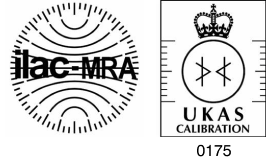
This was implemented through a network of Mutual Recognition Arrangements (MRA) amongst accreditation bodies throughout the world. Under these MRA’s UKAS calibration certificates are recognised and accepted in over 70 countries. For more information on ILAC visit www.ilac.org
We are here to help you
Making sure you get the product you need

